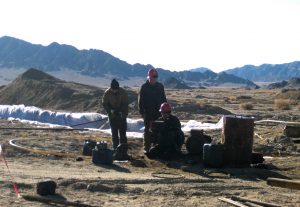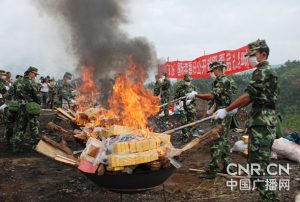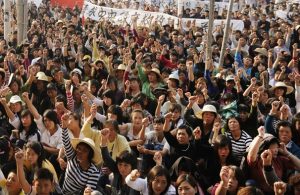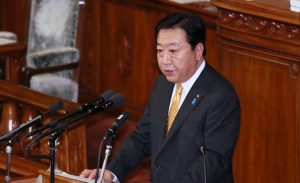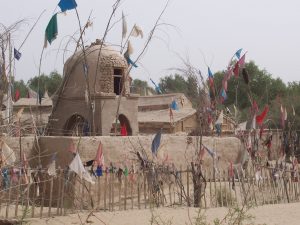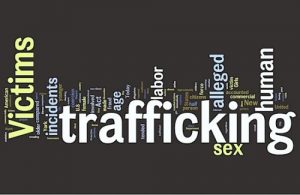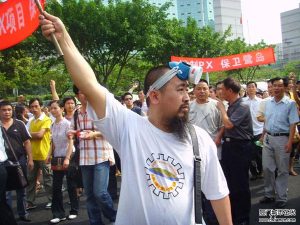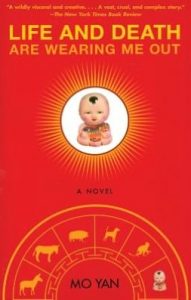State Formation and Contemporary Mongolia (Video with Dr. Robert Bedeski)
States are a paradox. On the one hand, with a monopoly on the use of force, they provide security, but on the other the formation of the state is often accompanied by violence.
The example of Mongolia is an interesting demonstration of this. Genghis Khan’s unforgiving destruction of enemies shows state formation to be brutal, but this was accompanies by the development of the rule of law and a written language, through which the nation developed.
Why are Foreign Mining Companies Retreating from China?
In the 1990s, China opened up the country’s vast mineral resources to international investment. Over the past decade, it has reformulated its mining legislation to attract foreign companies into the Chinese mining sector with the hope of speeding up its modernization. Between 2001 and 2004 the number of foreign mining projects quickly increased from 150 to 279. But by 2010, this number had declined to 92. International firms continue to feel stymied by an inconsistent and convoluted mining policy and their inability to create relationships of trust with local mining stakeholders.
Methamphetamine Smuggling along the Myanmar-China Border Threatens Local Communities
The Golden Triangle, the mountainous region bordering Myanmar, Vietnam, Laos and Thailand, is known as a major centre for drug production. Since Khun Sa, kingpin of the region’s heroin trade, was forced into retirement in 1996, large-scale production of methamphetamine has developed along the Myanmar-China border. Unlike heroin, methamphetamine can be created from commercially available chemicals, commonly found in cold and flu medications. The easy availability of raw materials means that the profits generated from the production of methamphetamine are higher than those from heroin.
Collective Protests in China and India: Unexpected Similarity?
Collective protests against corruption and land grabs are widespread in both China and India. The official Chinese Academy of Social Sciences reported that the government spent $110 billion on containing these and related popular protests in 2011, more than the defense budget. Many argue that disruptive protests erupt because there are no effective institutional channels, such as the judiciary, for expressing grievances in China. However, in neighboring India, the world’s biggest democracy where such channels do exist, people similarly express their discontent through disruptive protests. Though not yet systematically counted, disruptions, both violent and non-violent, are an essential characteristic of Indian democracy.
China’s Liberalizing Impact on Global Commodity Markets
Memo #195 – China played a key part in the recent collapse of the iron ore pricing regime. This was an unintended consequence of a mix of bold negotiating tactics and competing domestic interests, which made it difficult to implement a consistent international procurement policy. Chinese actions destabilized global market institutions and paradoxically caused their liberalization.
Senkaku Dispute: the Fallacy of seeing a Monolithic Japanese Government
Memo # 189 – Foreign policy may not be the result of a rational, calculated, and well-coordinated act. Instead, it may stem from messy domestic politics or bureaucratic inertia and oversight. This idea applies to the Japanese government’s actions in the Senkaku dispute, even though critics paint a portrait of a monolithic Japanese government masterminding a Senkaku strategy.
Islamic Roots of Identity in Xinjiang, China
Memo #188 – Among the numerous cultural restrictions aimed at China’s Uyghur population, the Chinese government focuses particularly intently on control of religious activities. This past Ramadan saw an increase in state-imposed restrictions on ordinary Islamic practices among the Uyghurs. Since Beijing proclaims support for a distinct Uyghur identity while suppressing Islamic practices, it is worth reconsidering the historical connections between identity and Islam among the Uyghurs and their ancestors.
Child Trafficking and Local Protectionism in China
Memo # 187 – Child trafficking in China is an explosive issue. Although the precise scale of human trafficking in China is unknown, children are reported to account for about 40 per cent of the total victims – a twofold increase in less than a decade. We assume the demand for child forced labour comes from illegitimate actors. But the surprising and tragic truth is that local government entrepreneurialism taps on the opportunities offered by child forced labour. This is a key contributing factor to this development.
China: Two Faces of Social Protest
Memo #183 – There was a dramatic rise of social protests in China in the 1990s. Since, popular contention has become a main form of interest articulation for social groups that suffered as a result of reform era government policies. While the accommodation of social protests has contributed to authoritarian resilience in China, it has also exposed fundamental weaknesses in the Chinese political system.
Mo Yan’s Nobel Prize in Literature – Interview with Dr. Christopher Rea
Memo #182 – An interview with Dr. Christopher G. Rea on Mo Yan’s Nobel Prize in Literature.

